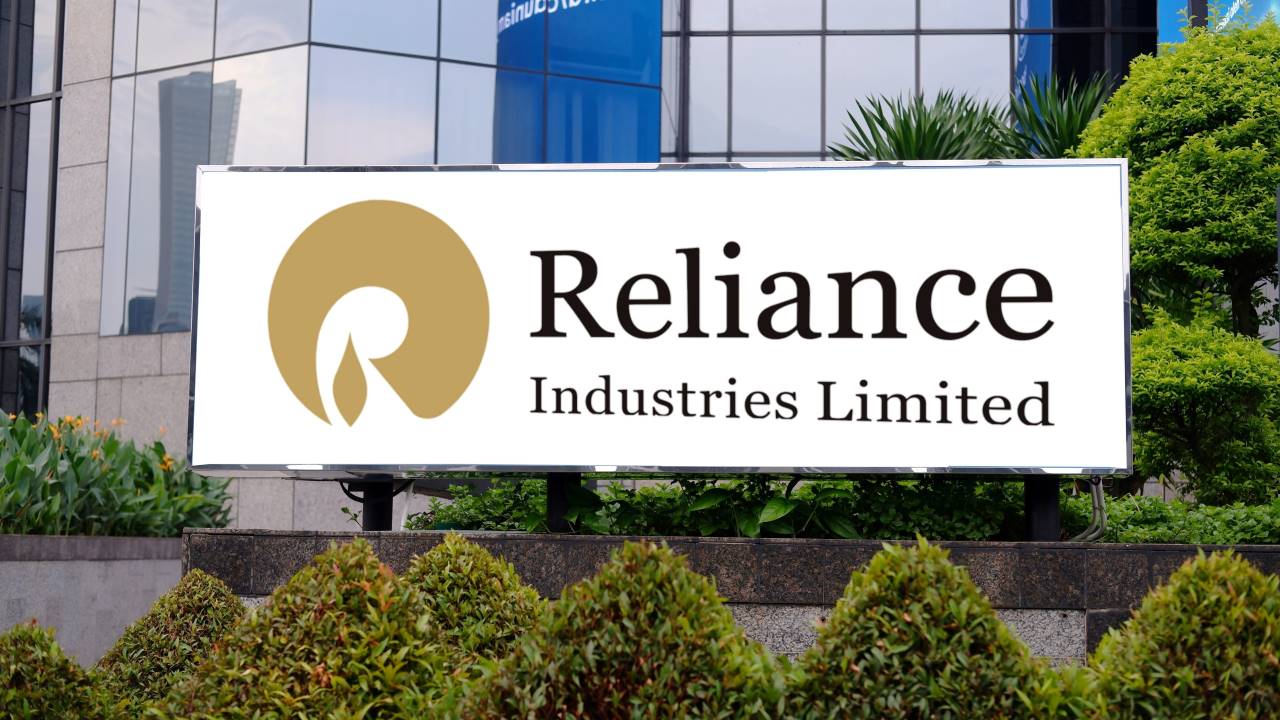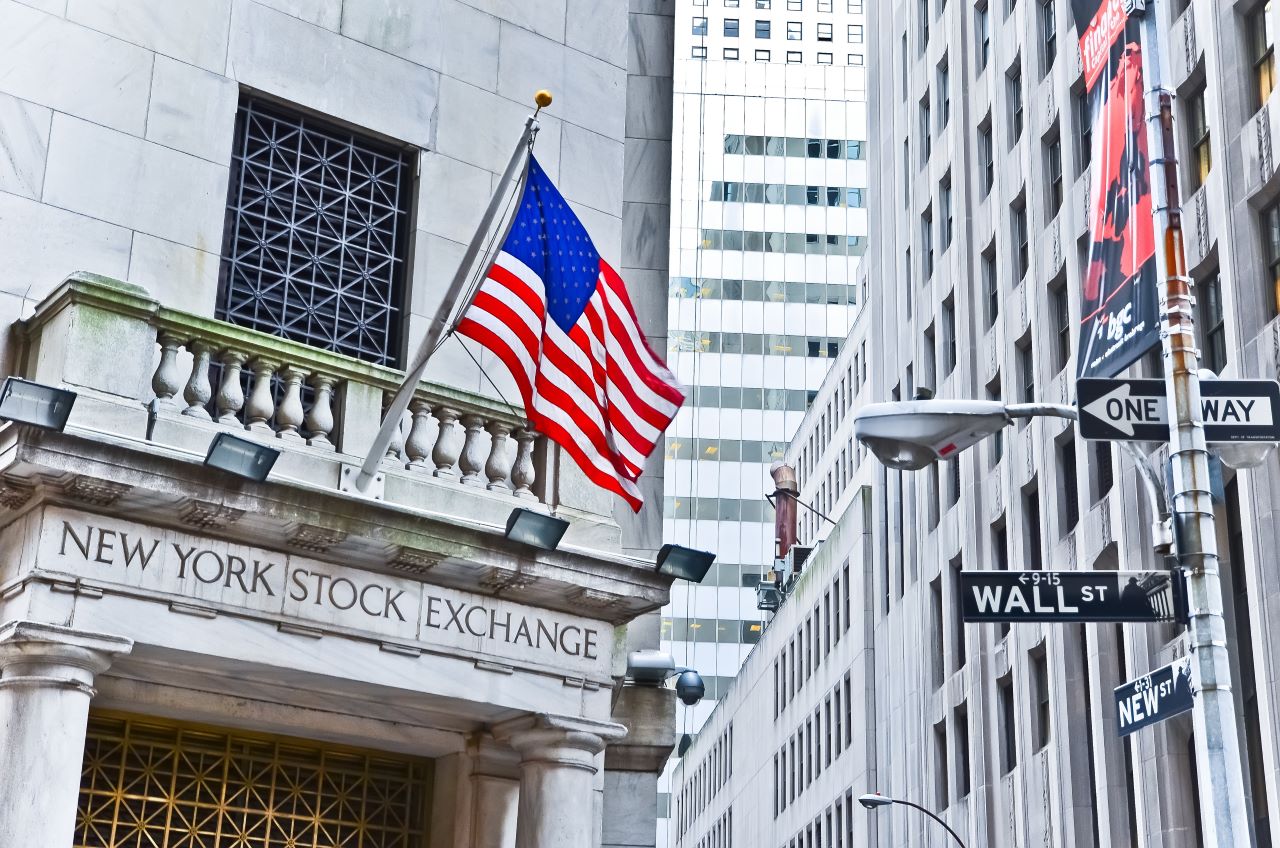Gold jewellery demand in India is poised to rebound in the second half of 2025, according to Sachin Jain, MD of the World Gold Council. Despite a soft first half, Jain expects stable or gradually rising prices and innovative designs to bring consumers back. He also revealed that a pilot allowing gold ETF redemption into jewellery could launch by Q4, and welcomed regulatory moves that support broader gold investment access.

Gold jewellery demand in India is set to bounce back in the second half of the year, according to Sachin Jain, Managing Director of the World Gold Council.
Despite a dip in jewellery volumes in the first two quarters, Jain said consumer interest remains strong and is likely to translate into purchases as prices stabilise.
“As we enter the second half of the year, if prices remain stable or rise gradually, I firmly believe the Indian consumer will return to the jewellery market,” he told CNBC-TV18. He added that industry innovation—like lightweight and lifestyle-oriented designs—is expected to further boost demand.
Jain believes that gold prices are likely to remain steady through the rest of the year, with an expected upside of 0–5%. He noted, however, that in a more volatile global environment, prices could jump another 10–15%. On the other hand, if global tensions ease, prices could fall up to 12%, though he called that scenario “a bleak possibility.”
In the first half of the year, gold was the best-performing asset class globally, delivering a 26% return. Jain attributed this to a weakening dollar, continued geopolitical uncertainty, central bank buying, and strong investor demand.
He also revealed that the pilot to allow redemption of gold ETFs into jewellery is set to launch as early as Q4. “We collectively believe that allowing ETFs to be fungible into the jewellery world would be a very positive step—both for ETF usage and for building greater awareness among consumers,” he said.
Jain stressed that gold plays a key role in portfolio diversification and liquidity, especially during crisis periods like 2008 or the COVID shock. He said regulators are beginning to acknowledge gold's importance in building “healthier and more resilient” long-term investments, particularly in insurance and provident fund products.
He also welcomed IRDAI’s move to potentially allow insurance companies to invest in gold ETFs, calling it a long-overdue step in aligning with global best practices.
On SEBI’s consultation paper suggesting gold ETFs be priced based on Indian spot prices instead of international benchmarks like LBMA, Jain said it reflects how ETFs are becoming mainstream and signals growing interest from everyday Indian investors. “It’s really a call for a future that’s much bigger,” he said.

 4 hours ago
4 hours ago








